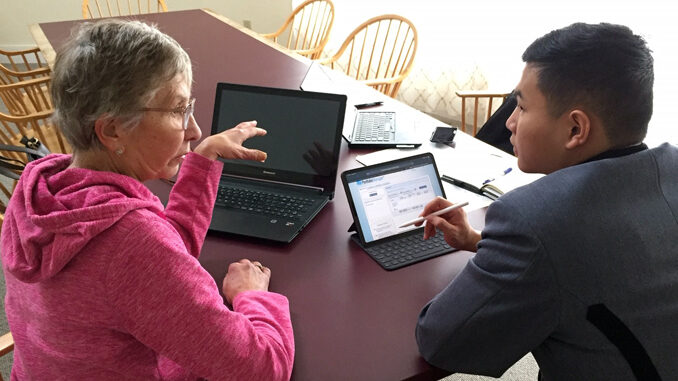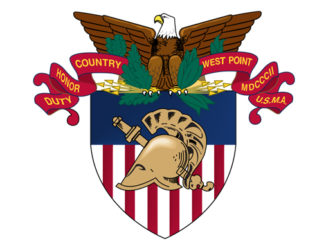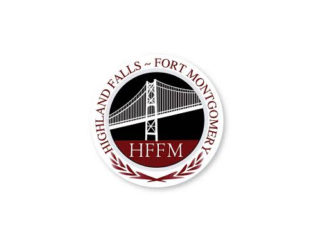
By MINDY KIMBALL
On April 30, West Point cadets presented the results of their research at the annual Project’s Day. One particular project was notable for having a “client” that was the Town of Highlands Citizen’s Environmental Advisory Committee (CEAC).
Cadet Jackson Xu, who was majoring in Environmental Engineering, took on a project for the CEAC to conduct an emissions inventory for Town of Highlands operations. The inventory is required within the first year of enrollment as a New York State Climate Smart Community.
Cadet Xu met with the CEAC and attended monthly meetings, then also met with the Town of Highlands Comptroller Kelly Pecoraro, to collect the data needed for the inventory. He used the online tool that NY State suggested for emissions inventories, which is the Energy Star Portfolio Manager (a government tool created by the Department of Energy).
His results showed that in the year 2019, the Town of Highlands had a “carbon footprint” of approximately 292 metric tons of carbon dioxide. This footprint is just for town operations, such as the Town Hall, the fire/ambulance buildings and vehicles, the DPW operations, and the other utilities paid by the Town of Highlands.
To put that number in perspective for all of New York state, the state’s footprint (last reported in the year 2016) is approximately 206 million metric tons of Carbon Dioxide. The Town of Highlands represents less than 0.0002% of that footprint, and we have approximately 0.06% of the New York state population.
Of particular note in his results, Xu wanted to give the CEAC and the Town of Highlands some feedback that would be useful for setting future goals and for making improvements to town operations. His inventory showed that in the year 2019, 74% of the Carbon Footprint came from gasoline and diesel consumption. Another 19% of the footprint came from electricity use. Of the electricity use, over 35% of that use was from street lights.
This confirms the importance of understanding where the Town of Highlands is starting from on future initiatives, and as improvements are made the CEAC will be able to update the footprint and see the changes from previous years.
As part of his engineering studies, Cadet Xu learned how to conduct Life Cycle Assessment (LCA) which is a more detailed version of a simple “carbon footprint.” He decided to go the extra mile with his project and created his own LCA model for inventorying other emissions besides just greenhouse gases. As he explained in his presentation, greenhouse gases are important to consider for climate change, but there are other emissions that contribute to environmental impacts that are not greenhouse gases. For example, sulfur dioxide is a gas that is emitted from burning fossil fuels and it does not contribute to the Greenhouse Effect but it does cause acid rain and also causes human health respiratory impacts if we are exposed to those emissions. Small particles from smoke and dust can also cause respiratory impacts, and nitrous oxides can lead to smog in the air. Cadet Xu gave this model to the CEAC in the form of a spreadsheet, so that it can also be updated in future years and the Town of Highlands can quantify its contributions to reducing environmental impacts.
His expanded results revealed that most of the acid rain, smog, and respiratory impacts were from the diesel and gasoline consumption, not from electricity use.
Finishing the project was challenging since Cadet Xu returned home in March and was not able to come back to West Point due to the pandemic precautions. Thanks to the dedication and helpfulness of Pecoraro, he finished his project with no problem and was able to meet with the CEAC over web calls all the way from his home in Hawaii. During his presentation he thanked the Town of Highlands CEAC for the opportunity to conduct the project, and Pecoraro for her assistance in acquiring the data to build his models.
Those who would like to see his presentation during West Point’s Project’s Day, the Town of Highlands CEAC has posted a recording of the presentation on its Facebook page. Check it out, and follow the CEAC page for more information on this and other community initiatives.
(Editor’s Note: Mindy Kimball is a member of the Town of Highlands Citizens Environmental Advisory Council.)



